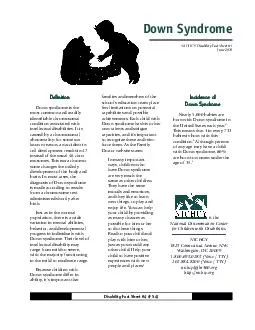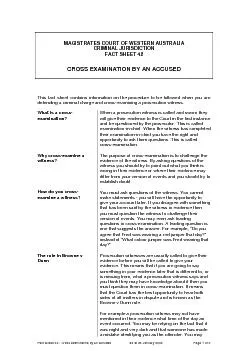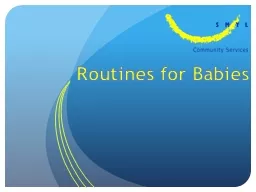PDF-Down Syndrome Disability Fact Sheet FS Incidence of Incidence of Incidence of Incidence
Author : kittie-lecroy | Published Date : 2014-11-11
This means that 1 in every 733 babies is born with this condition Although parents of any age may have a child with Down syndrome 80 are born to women under the
Presentation Embed Code
Download Presentation
Download Presentation The PPT/PDF document "Down Syndrome Disability Fact Sheet FS ..." is the property of its rightful owner. Permission is granted to download and print the materials on this website for personal, non-commercial use only, and to display it on your personal computer provided you do not modify the materials and that you retain all copyright notices contained in the materials. By downloading content from our website, you accept the terms of this agreement.
Down Syndrome Disability Fact Sheet FS Incidence of Incidence of Incidence of Incidence: Transcript
Download Rules Of Document
"Down Syndrome Disability Fact Sheet FS Incidence of Incidence of Incidence of Incidence"The content belongs to its owner. You may download and print it for personal use, without modification, and keep all copyright notices. By downloading, you agree to these terms.
Related Documents














